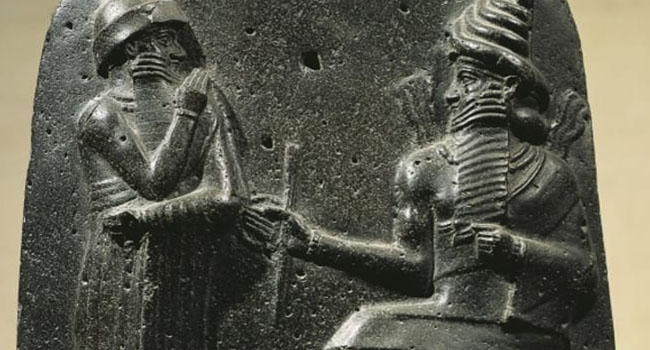What Is The Code Of Hammurabi? – Meaning About The Babylonian Law
CODE OF HAMMURABI – In this topic, we will now discuss and know about the Code of Hammurabi, the Babylonian code in Mesopotamia.

The Code of Hammurabi is one of the oldest writings in history. It is written during ancient Mesopotamia under the rule of the Babylonian Empire.
It is inscribed on a stone called a slete and was placed in front of the public in order for them to see it.
The code is made by the sixth Babylonian king Hammurabi and consists of 282 laws with punishments that adhere to the law of retaliation or globally-known as “An eye for an eye, and a tooth for a tooth” or in Latin, Lex Talionis.
It is also one of the first forms of law and was arranged in orderly groups, according to Wikipedia. It succeeds previous laws such as:
- Code of Ur-Nammu, king of Ur
- Laws of Eshnunna
- Codex of Lipit-Ishtar of Isin;
and precedes laws such as:
- Hitite Laws
- Assyrian Laws
- Law of Moses or the Mosaic Law
Hammurabi
Hammurabi is the sixth king of the Babylonian empire, specifically the First Babylonian dynasty. He conquered Elam and the city states of Larsa, Eshnunna and Mari.
He drove out the Assyrian king Ishme-Dagan I and forced Mut-Ashkur, his son, to pay tribute, thus, Mesopotamia is almost under Babylonian rule.
